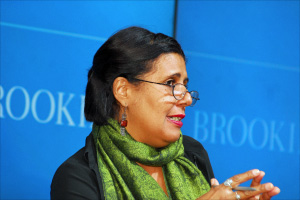
WASHINGTON — One of Cuba’s top experts on international finance was decidedly pessimistic when discussing the island’s economic prospects at a recent conference in Washington.
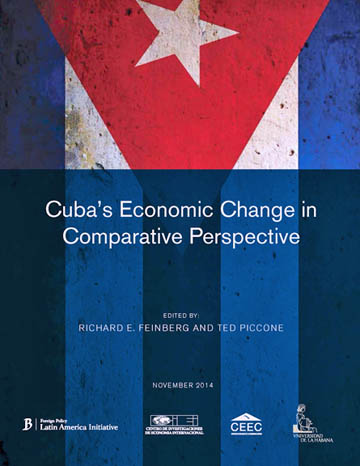
WASHINGTON — Cuba, whose halting reforms have failed to energize the island’s stagnant, centralized economy, may have a thing or two to learn from Costa Rica — which over the last 30 years has made enormous strides in slashing poverty, promoting trade and luring foreign direct investment.
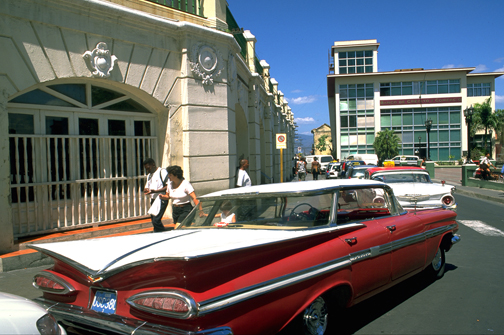
Will 2014 be the year Washington finally takes Cuba off the State Department list of “terrorist-supporting states” which also includes Iran, Sudan and Syria?
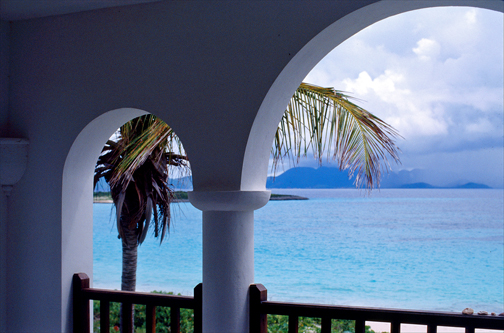
The Caribbean will enjoy steady growth in its all-important tourism sector as the U.S. economy continues its recovery, but serious issues — ranging from violent crime in some destinations like the Bahamas and Trinidad to the widely despised U.K. air passenger duty — could prevent the region from realizing its full potential in 2014.
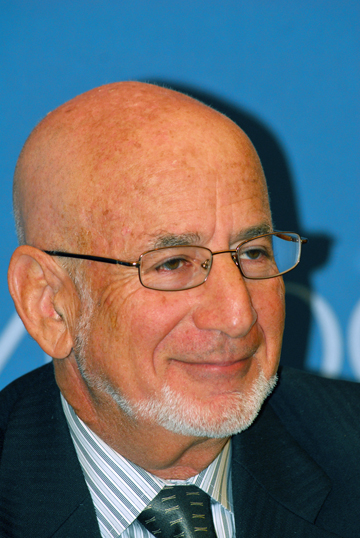
Up to 40 percent of Cuba’s labor force is already working in the private sector, making the country a largely middle-class society and discrediting the notion that Fidel and Raúl Castro must die before real economic change can occur on the island.
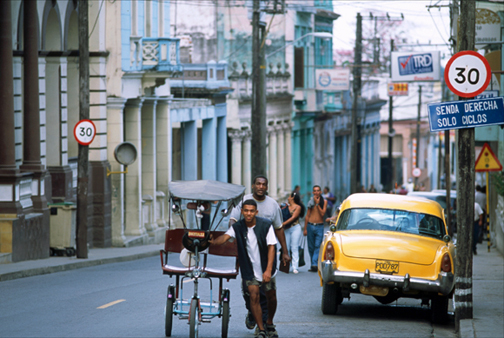
Surprises abounded this fall when the 1,300-member Puerto Rico Manufacturers Association sponsored its first official mission to Cuba to learn about potential business opportunities there.

No one knows when or how it will happen, but it when it does, U.S.-based companies that do tech commerce in the Caribbean will be ready.

The Puerto Rico Manufacturers Association will be hosting a forum to discuss business opportunities in Cuba on Aug. 2, in anticipation of an educational mission to the Caribbean island nation, trade group President Waleska Rivera announced.

A record 2.84 million tourists visited Cuba last year, up 4.5 percent from 2011 figures (by comparison, only 326,000 tourists came to Cuba in 1989). More than one million of them came from Canada, with large numbers also visiting from the United States — mainly Cuban-American exiles and those on specially licensed humanitarian or people-to-people excursions. Other important sources of tourism to Cuba are Latin America, Russia and, increasingly, China.

Last year, California-based Cuba Travel Services launched, with great fanfare, the first direct charter flights between Puerto Rico and Cuba since the 1959 revolution that brought Fidel Castro to power.
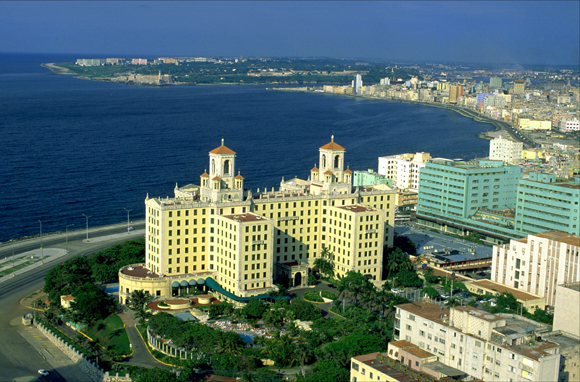
For years, the conventional wisdom was that an eventual end to the U.S. embargo against Cuba would open the floodgates for millions of curious Americans dying to visit the once-forbidden island — while the rest of the Caribbean would, at least initially, suffer a sharp downturn in U.S. tourist arrivals.
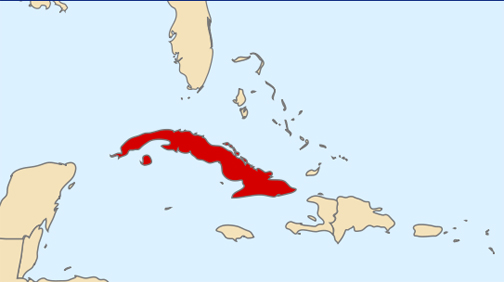
The Cuban government’s recent economic reforms and the growth and development opportunities they represent for the island's future will be the topic of a conference to be hosted by the Pontifical Catholic University in Ponce, entitled “Cuba Today and Tomorrow: Economic Conditions and Trends.”

Air travel between the United States and Cuba is about to get a bit more crowded with the announcement Thursday by Cuba Travel Services Inc. that it has received landing permission by the government of the island-nation to begin flights from San Juan, Ft. Lauderdale and Houston.

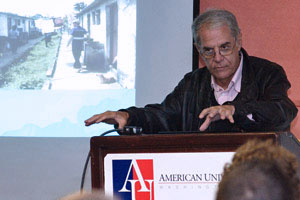



NIMB ON SOCIAL MEDIA